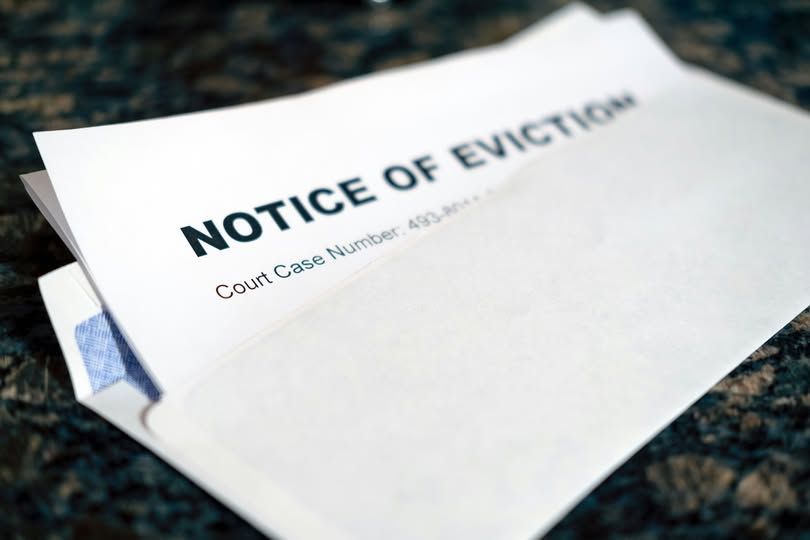Tenant Evictions – a Time-Consuming Process

If you are faced with the need to evict a tenant, you should know the process must be undertaken in strict adherence to the Texas statutes and may take longer than expected.
If a tenant knows how to play the game, they could stretch out the ordeal for well over three months before possession is finally obtained.
The job of a landlord is never easy, but perhaps the most difficult task most landlords face is retaking possession of a property after a tenant default or lease expiration. The Texas statutes are very precise in outlining the requirements an evicting landlord must follow:
- A landlord must first properly terminate the right to possession in accordance with the terms of the lease and then send a three-day written notice of termination before an eviction suit can be filed.
- Once an eviction suit is filed in the appropriate court, a minimum of six days must pass before a hearing is held.
- Assuming the landlord is successful at the hearing, a judge will not issue a writ of possession until five additional days expire, during which the tenant may appeal.
- And after the writ is finally issued, a constable will post an eviction notice on the premises, giving typically three more days before a locksmith and moving crews can show up to physically remove the inhabitants and belongings.
All in all, an eviction will take a minimum of 20 days or so after lease termination, and if an appeal is filed, the process can be extended for months. Ultimately, a landlord will often retake possession from an extremely agitated and disgruntled tenant, who may vacate the property in less than pristine condition.
A prudent property owner should understand the inherent risks involved with rental property and conduct appropriate credit checks and due diligence on any prospective tenant before agreeing to turn over possession to such a valuable asset.
Questions? Contact Jeff Rattikin with any questions at
rattikin@rattikinlaw.com.
CATEGORIES
Share this post with others:










